Medtronic MiniMed 2007C Implantable Insulin Pump User Manual Dmp9196021 011 c
Medtronic MiniMed, Inc. Implantable Insulin Pump Dmp9196021 011 c
Contents
physician part3

117
CHAPTER 9 System Alarms and
Messages
The Medtronic MiniMed 2007C Implantable Insulin Pump System is
equipped with various alarms and messages that ensure the correct func-
tion of the system.
The Implantable Insulin Pump alarm system will “beep” when certain
conditions occur. The beeps are designed to be audible through the skin
and alert the patient that the Pump needs attention. For severe alarm con-
ditions the Pump will alarm 4 tones each minute for 10 minutes then, 4
double tones each minute for 10 minutes and repeat the pattern. Upon
hearing the alarm, the patient must communicate with the PPC, to deter-
mine the alarm condition. The alarm can be cleared by pressing SEL then
ACT. The following descriptions explain the alarm conditions the system
may encounter.
The PPC has three types of alarms: audible, vibrate and visual alarms.
The chapter will describe for each alarm condition, which screen message
appears and the vibrate or audible alarm associated with it.
Two audible or vibrate alarm types are used:
Alarm Type 1:
If the PPC is set to “vibrate”, the vibrator will be turned on for 3 seconds
every minute for 30 minutes.
If the PPC is set to “audible”, the PPC will beep 6 times every minute for
30 minutes. If the alarm is not cleared in 30 minutes, the PPC will beep 6
alternating tones. The PPC will continue to do so every minute.
Dmp9196021-011_c.book Page 117 Wednesday, April 3, 2002 5:06 PM

System Alarms and Messages
118
Alarm Type 2:
If the PPC is set to “vibrate”, the vibrator will be turned on for 3 seconds
every 30 minutes while the condition exists.
If the PPC is set to “audible”, the PPC will beep 3 times every 30 minutes
while the condition exists.
Some alarms can be cleared by pressing SEL then ACT.
Pump alarms
Alarm feedback
The Alarm Feedback function allows the user to verify the Pump and
Pump alarm are operating normally. Physicians can also use Alarm Feed-
back to measure the time intervals between Pump strokes to verify accu-
rate insulin delivery. When Alarm Feedback is programmed “YES”, the
Pump will beep on each of the first five Pump strokes:
• Following a change in the delivery regimen, for example when
completing a meal Bolus and then changing to a Basal Rate, or at
the start of a bolus.
• After the Alarm Feedback function is programmed “YES.”
Alarm Feedback will stay on until programmed back to “NO.”
Pump low battery
The Implantable Insulin Pump battery is designed to last approximately
ten years during conditions of normal use (see Chapter 11, Technical
Specifications). Battery life may vary somewhat depending upon a user’s
insulin delivery requirements. When battery energy becomes low, a volt-
age sensor in the Pump will trigger the Pump Low Battery Alarm. A
Pump Low Battery Alarm indicates there is approximately eight weeks of
battery energy remaining.
Dmp9196021-011_c.book Page 118 Wednesday, April 3, 2002 5:06 PM
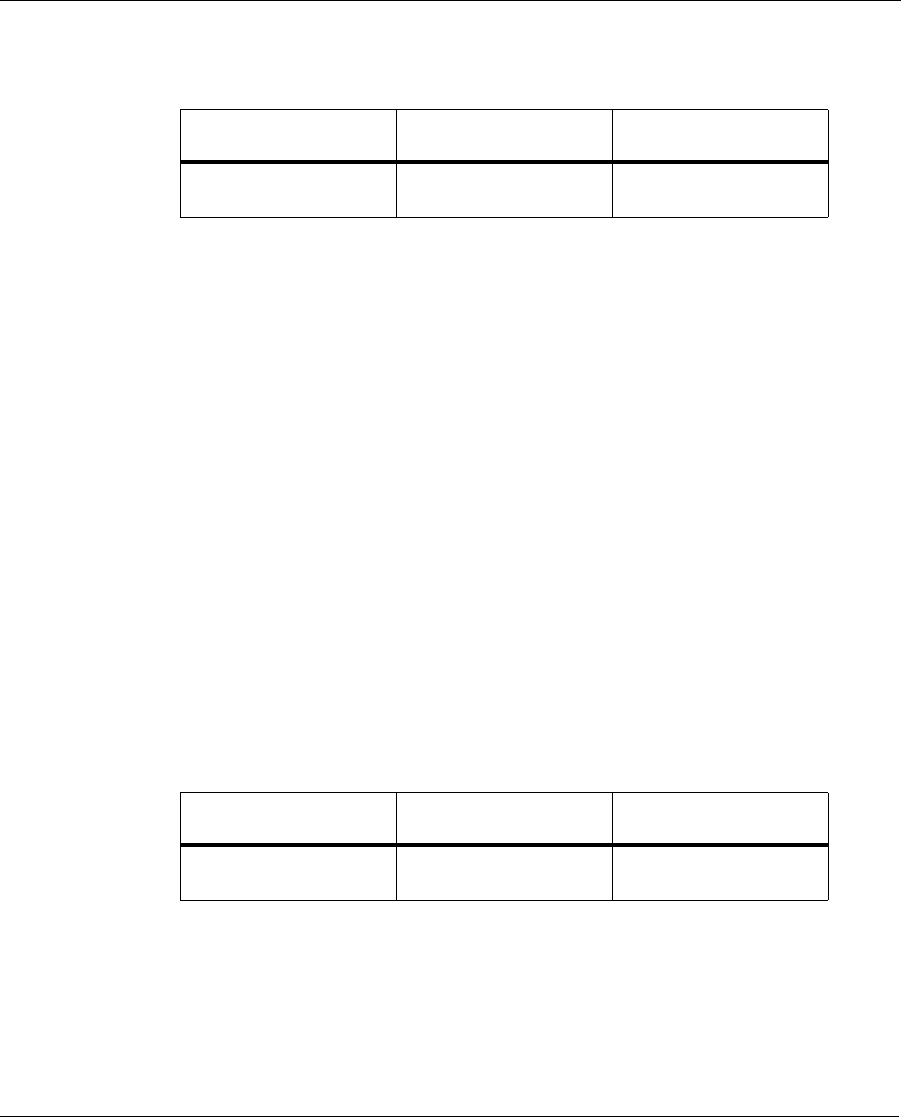
Pump alarms 119
The Pump Low Battery alarm can be cleared and the Pump will continue
to operate normally. However, users should be instructed to report the
alarm immediately to their physician. A Pump replacement or resumption
of conventional insulin therapy should then be scheduled.
Depleted pump battery
When there is no longer sufficient battery energy to power the Pump, the
Pump Low Battery Alarm will cease and insulin delivery will stop. Alter-
nate insulin therapy must be initiated.
System error
The Implantable Insulin Pump has a sophisticated self-monitoring system
that periodically checks for circuit faults. If a fault should occur in the
Pump electronics, insulin delivery will stop. Conventional insulin therapy
must be initiated immediately. Using the PPC Supervisor Mode, the phy-
sician should use the “DOWNLOAD SOFTWARE” feature to reprogram
the Pump from software in the PPC memory. Notify MiniMed immedi-
ately.
PPC Display Type of Alarm Pump Alarm
PUMP
LOW BATTERY
1 In 24 hours if no PPC
communication
PPC Display Type of Alarm Pump Alarm
PUMP STOPPED
1 or 2 or 3 or 4 or 5 or 6
1 In 5 minutes if no PPC
communication
Dmp9196021-011_c.book Page 119 Wednesday, April 3, 2002 5:06 PM
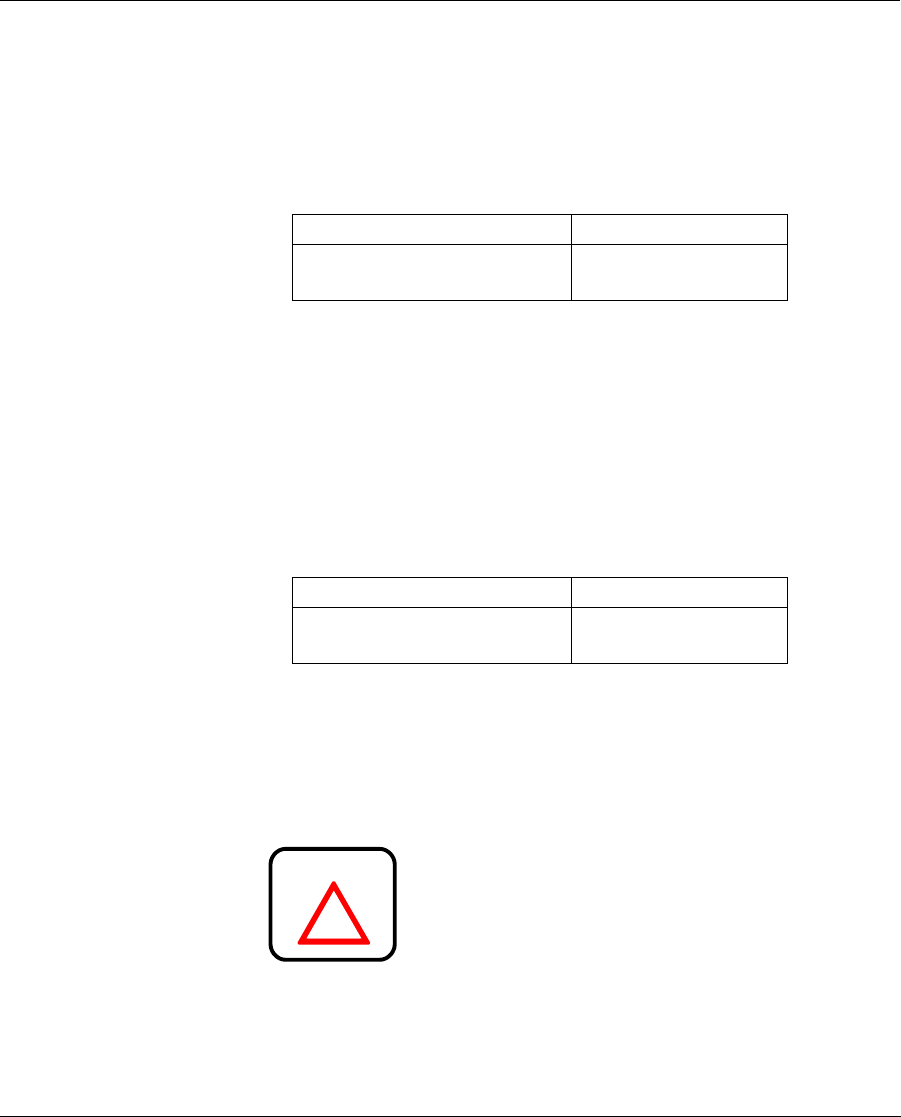
System Alarms and Messages
120
Pump self test fail
If during a “SELF TEST” the Pump presents a malfunction, the insulin
delivery will stop. Clear the message by pressing SEL then ACT. Notify
MiniMed immediately.
PPC alarms
The PPC offers a choice of two alarms, audible and vibrate. In addition, a
screen message appears indicating the type of alarm condition that
occurred.
PPC low battery
If the PPC main battery (AA 1.5 volt alkaline) energy is low, the follow-
ing alarm display appears each time a new function is programmed:
Clear this message by pressing SEL and then ACT. While the battery
should have sufficient energy for a few additional programming com-
mands, the battery should be changed as soon as possible. For instruc-
tions on changing the battery, (see Chapter 3, Personal Pump
Communicator).
If “VIBRATOR” is selected, the PPC bat-
tery should last about six weeks during nor-
mal use conditions. If the PPC determines
that the vibrator is causing a low battery
condition, it will automatically change the
Alarm Mo d e to “LOW VOLUME” i n
order to extend battery life.
PPC Display Type of Alarm
PUMP
SELF TEST FAIL
1
PPC Display Type of Alarm
PPC
LOW BATTERY
1
!
WARNING
Dmp9196021-011_c.book Page 120 Wednesday, April 3, 2002 5:06 PM

Pump alarms 121
NOTE: If while programming the PPC, the screen goes
blank, the PPC beeps six times and then the
“CHECK PUMP STATUS” message appears, the
battery needs to be replaced. (See Chapter 3 for
instructions, Install/Replace the Main Battery).
PPC depleted battery
When the PPC main battery (AA 1.5 volt alkaline) no longer has suffi-
cient power to program the Pump, the following message will appear on
the display:
This message can only be cleared by replacing the PPC battery. For
instructions on changing the battery, (refer to Chapter 3, Personal Pump
Communicator).
PPC Display Type of Alarm
PPC
DEPLETED BATTERY
1
Dmp9196021-011_c.book Page 121 Wednesday, April 3, 2002 5:06 PM
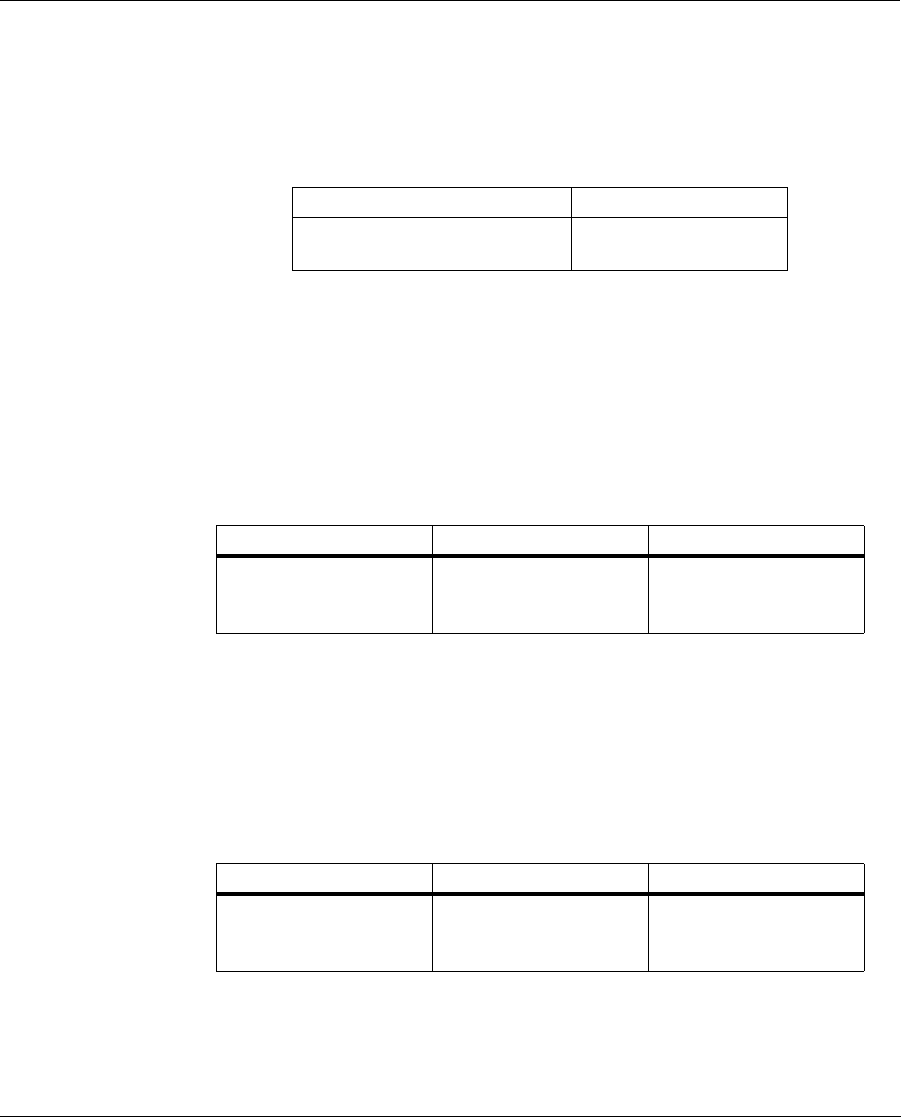
System Alarms and Messages
122
PPC needs servicing
When the PPC internal battery (lithium) energy becomes low, the follow-
ing message will be displayed:
Clear this message by pressing SEL and ACT. Users should be instructed
to report this alarm to their physician as soon as possible and have their
PPC replaced. If the PPC loses all power, it may also lose information
stored in memory.
Low reservoir
When the Pump calculates that less than 800 units (2 ml) of insulin
remains in its reservoir, the following display will appear:
Clear this message by pressing SEL and ACT. Users should be instructed
to report this alarm to their physician as soon as possible and schedule an
appointment for a Pump refill.
Empty reservoir
When the Pump calculates that less that 400 units (1ml) of insulin remains
in its reservoir, the following display will appear :
PPC Display Type of Alarm
PPC
NEEDS SERVICING
1
PPC Display Type of Alarm Pump Alarm
LOW
RESERVOIR
1 In 24 hours if no
PPC
communication
PPC Display Type of Alarm Pump Alarm
EMPTY
RESERVOIR
1 In 24 hours if no
PPC
communication
Dmp9196021-011_c.book Page 122 Wednesday, April 3, 2002 5:06 PM

Pump alarms 123
Clear this message by pressing SEL and ACT, and then continue pro-
gramming. Users should be instructed to report this alarm to their physi-
cian as soon as possible and schedule an appointment for a Pump refill. It
is important not to allow the Pump to deplete its insulin supply as this
may result in catheter blockage.
Telemetry communication error
If programming is interrupted after partial transmission of a command,
the PPC will display the following message on the display screen:
Reposition the PPC near the Pump, and then press SEL and ACT. The
PPC will attempt to resume communication with the Pump.
PPC Display Type of Alarm
TELEMETRY COMM
ERROR3
1
Dmp9196021-011_c.book Page 123 Wednesday, April 3, 2002 5:06 PM
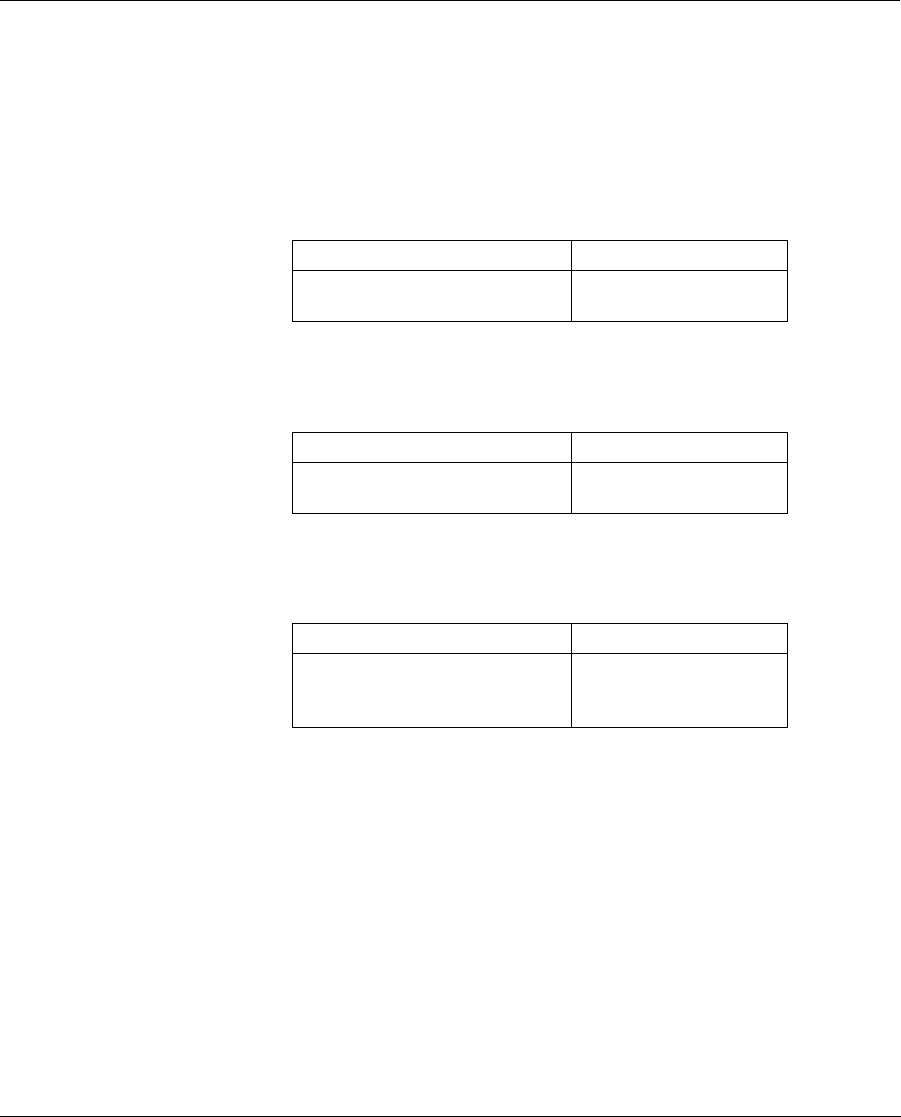
System Alarms and Messages
124
Initialize alarm
Attempting to initialize a PPC to a Pump that is not compatible with it,
results in one of the following messages. The physician should press SEL
and ACT to clear the alarm, then verify the personal ID of the Pump is
correct.
Attempting to initialize a PPC to a Pump that contains invalid stroke vol-
ume or insulin concentration information, results in one of the following
messages to be displayed. Contact MiniMed for instructions.
Responding “NO” to the “INITIALIZE PPC TO PUMP” screen eight
consecutive times, results in the following message to be displayed. Step
away from any other Pump in the area and perform the request again.
PPC Display Type of Alarm
PUMP ERROR
0 or 1
1
PPC Display Type of Alarm
PUMP ERROR
40 or 41
1
PPC Display Type of Alarm
TELEMETRY
ERROR
20
1
Dmp9196021-011_c.book Page 124 Wednesday, April 3, 2002 5:06 PM

Pump alarms 125
PPC not initialized
If the PPC is not initialized to a Pump, the following message is dis-
played:
When successfully completing a PPC initialization, the following mes-
sage is displayed:
Battery replacement
If the PPC main battery (AA 1.5V alkaline) has been replaced or the PPC
recognizes the “PUMP STATUS” needs to be checked, the following
message is displayed:
The user should reposition the PPC near the Pump, and then press SEL
and ACT. The PPC will communicate with the Pump.
NOTE: If while programming the PPC, the screen goes
blank, the PPC beeps six times and then the
“CHECK PUMP STATUS” message appears, the
battery needs to be replaced. (See Chapter 3 for
instructions, Install/Replace the Main Battery.)
PPC Display Type of Alarm
PPC
NOT INITIALIZED
1
PPC Display Type of Alarm
PUMP INITIALIZED 1
PPC Display Type of Alarm
CHECK
PUMP STATUS
1
Dmp9196021-011_c.book Page 125 Wednesday, April 3, 2002 5:06 PM
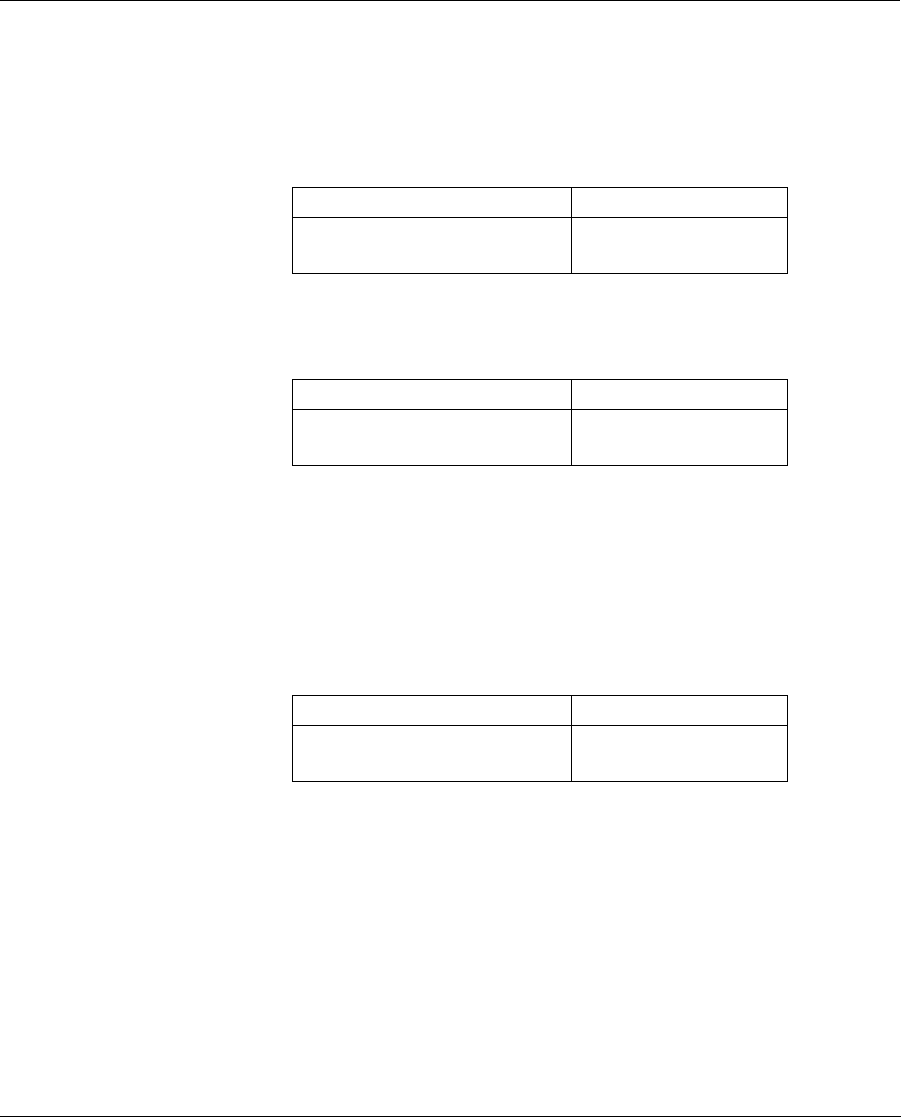
System Alarms and Messages
126
Initialize to factory defaults
When the Pump is reinitialized to its factory default settings, the follow-
ing message is displayed:
Pump stopped
If the Pump is intentionally stopped, the following message is displayed:
To restart the Pump, press SEL and ACT, and then place the PPC near
the Pump and allow the communication to complete. The Pump can only
be stopped in the Supervisor Mode.
Pump suspended
If the Pump operation has been suspended, the following message is dis-
played:
During “SUSPEND PUMP”, the Pump will deliver a basal rate of
0.2 U/h. To restart insulin delivery programming, press SEL and ACT,
then place the PPC near the Pump and allow the communication to com-
plete.
PPC Display Type of Alarm
PUMP
RESET
1
PPC Display Type of Alarm
PUMP
STOPPED
2
PPC Display Type of Alarm
PUMP
SUSPENDED
2
Dmp9196021-011_c.book Page 126 Wednesday, April 3, 2002 5:06 PM
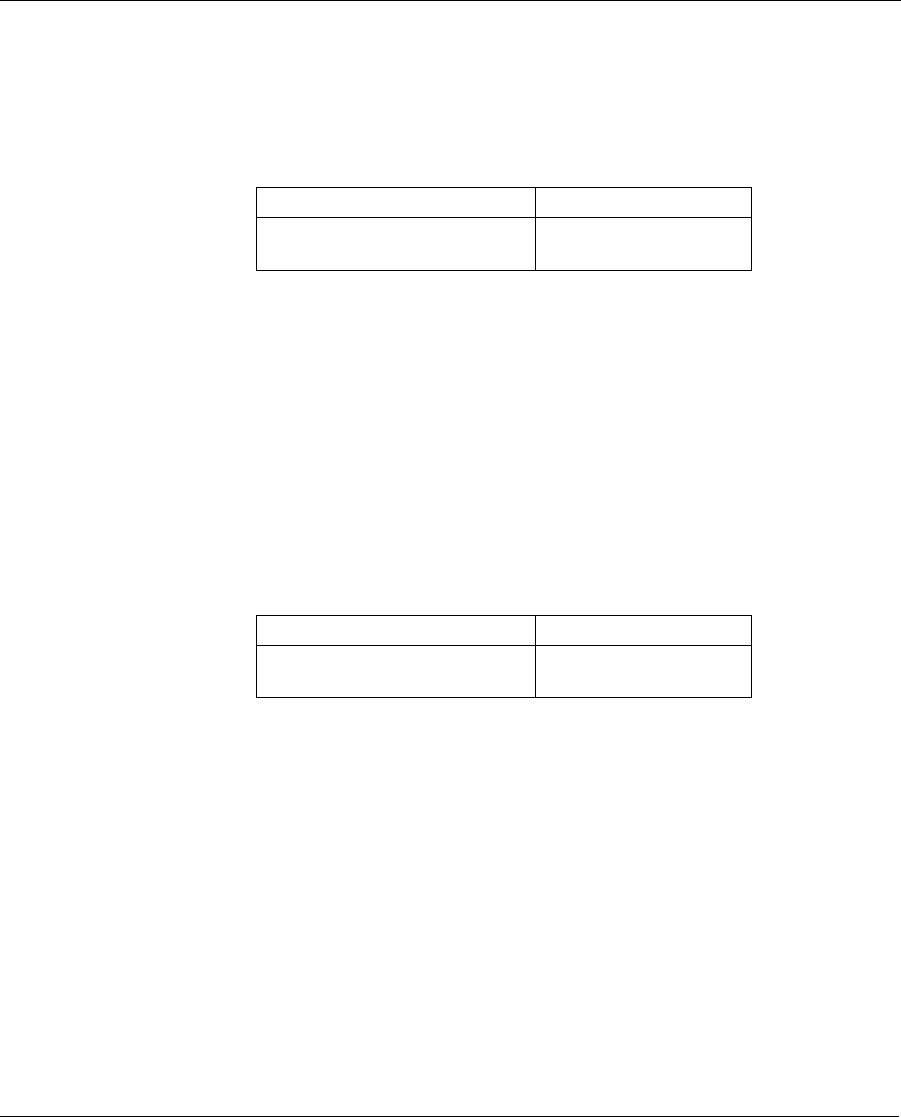
Pump alarms 127
Auto off
If the “AUTO OFF” time interval elapses in the Pump, and the PPC rec-
ognizes this condition, the following message is displayed:
Press SEL and ACT, and then place the PPC near the Pump and allow the
communication to complete. The PPC then communicates with the Pump
to reset the “AUTO OFF” duration.
If five more minutes elapse, the Pump will initiate the internal alarm
sequence of a beep every 15 seconds for 10 minutes, then double-beeps
every 15 seconds for 10 minutes, then repeating the pattern. The alarm is
cleared by pressing SEL and ACT.
Hourly maximum exceeded
Attempting to deliver more than 2.5 times the pre-programmed bolus
maximum in one hour, causes the following message to be displayed:
Press SEL and ACT, and then place the PPC near the Pump and allow the
communication to complete. The patient may exceed the pre-programmed
bolus limit by programming another bolus within 10 minutes.
PPC Display Type of Alarm
AUTO OFF PUMP
PUMP SUSPENDED
1
PPC Display Type of Alarm
HOURLY MAX
EXCEEDED
1
Dmp9196021-011_c.book Page 127 Wednesday, April 3, 2002 5:06 PM
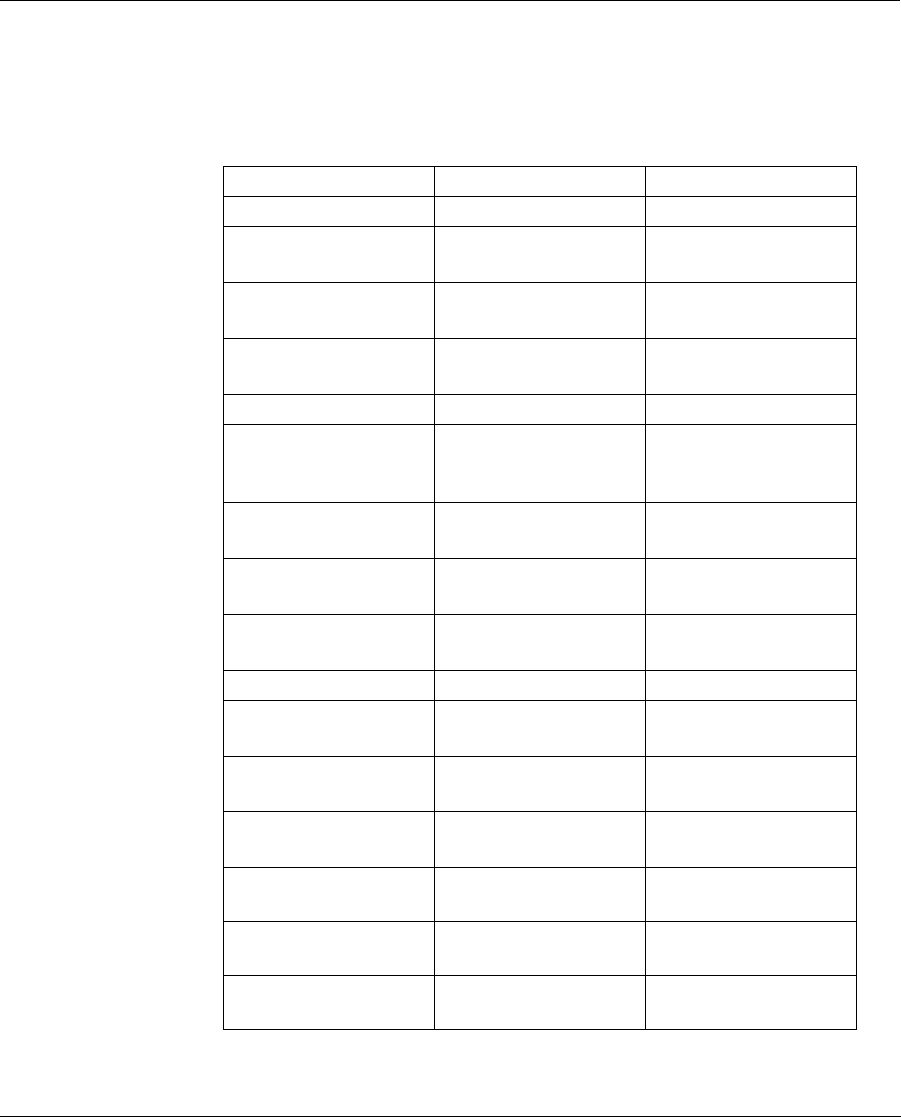
System Alarms and Messages
128
Pump alarm table
Alarm Condition Type of Alarm Pump Communications
AUTO OFF 1 YES
CHECK PUMP
STATUS
1YES
EMPTY
RESERVOIR
1YES
HOURLY MAX
EXCEEDED
1NO
LOW RESERVOIR 1 YES
PPC
DEPLETED
BATTERY
1NO
PPC
NEEDS SERVICING
1NO
PPC
LOW BATTERY
1NO
PPC NOT
INITIALIZED
1YES
PUMP INITIALIZED 1 NO
PUMP
LOW BATTERY
1YES
PUMP
RESET
1NO
PUMP
SELF TEST FAIL
1NO
PUMP ERROR
0 or 1
1NO
PUMP ERROR
40 or 41
1NO
PUMP STOPPED
1 or 2 or 3 or 4 or 5 or 6
1YES
Dmp9196021-011_c.book Page 128 Wednesday, April 3, 2002 5:06 PM
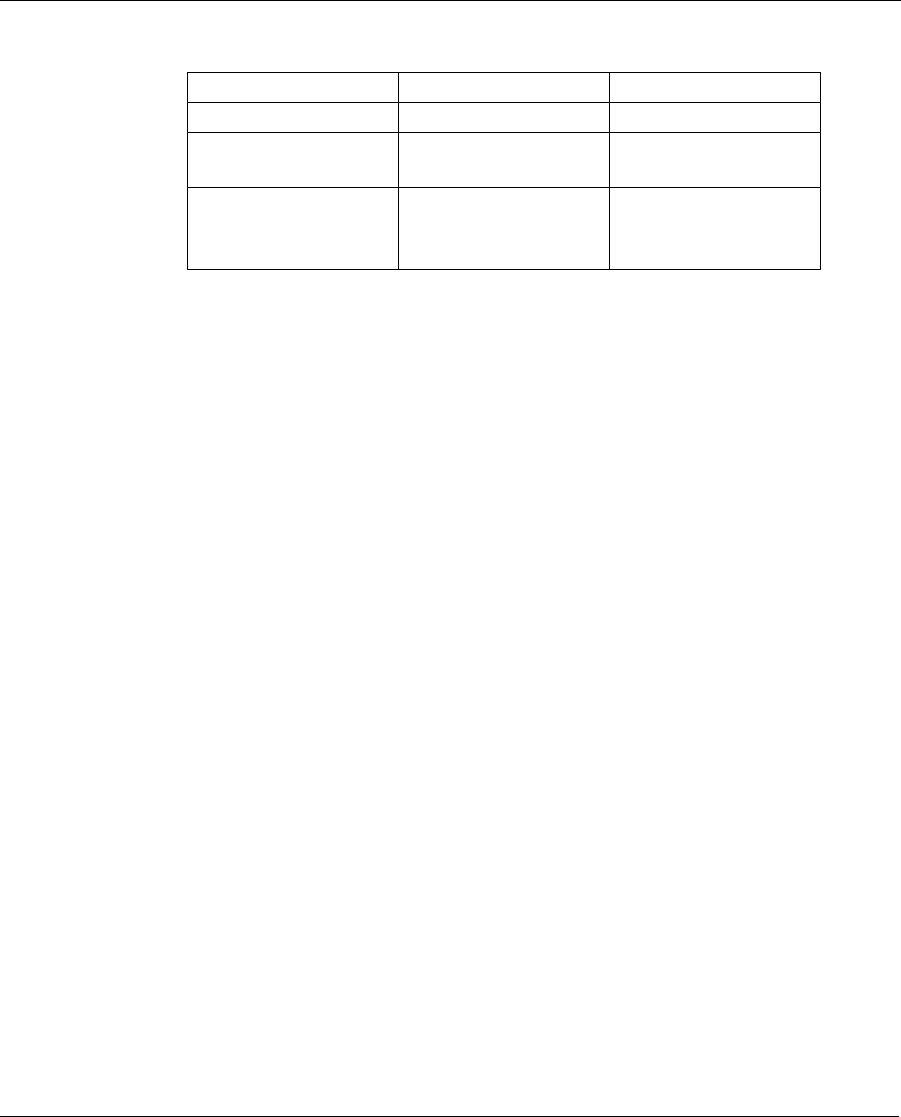
Pump alarms 129
PUMP SUSPENDED 2 YES
PUMP STOPPED 2 YES
TELEMETRY
COMM ERROR
1YES
TELEMETRY
COMM ERROR
20
1NO
Dmp9196021-011_c.book Page 129 Wednesday, April 3, 2002 5:06 PM

System Alarms and Messages
130
Dmp9196021-011_c.book Page 130 Wednesday, April 3, 2002 5:06 PM

131
CHAPTER 10 Troubleshooting Pump
System Under-delivery
Potential under-delivery of insulin by the Medtronic MiniMed 2007C
Implantable Insulin Pump System may result in an increase in daily pro-
grammed insulin usage, difficulty maintaining euglycemia, occasional
hyperglycemia, and problems calculating refill accuracy. This chapter
describes how to diagnose potential Pump System problems that may
cause insulin under-delivery, and offers potential Pump and Catheter solu-
tions to correct for under-delivery.
Diagnostic procedures
When refill procedures reveal the possibility of a Pump System under-
delivery problem, diagnostic procedures must be performed to verify if
there is a problem with either the Pump or Catheter. The Stroke Volume
Measurement Procedure tests Pump function, while the Pressure Mea-
surement Procedure tests Catheter patency. These diagnostic procedures
should be performed according to the steps outlined in Appendix G and
Appendix H, respectively.
Under-delivery caused by backflow
Backflow results in the inverted flow of insulin through the Pump Sys-
tem. Backflow is caused by insulin deposits that compromise valve integ-
rity, and allow the negative reservoir pressure (vacuum) to pull insulin
back into the reservoir. To compensate for this under-delivery, the user
can program appropriate increases in their basal rates and bolus amounts.
Dmp9196021-011_c.book Page 131 Wednesday, April 3, 2002 5:06 PM

Troubleshooting Pump System Under-delivery
132
Backflow conditions are characterized by increases in daily programmed
insulin usage, difficulty in maintaining euglycemia, increasingly negative
refill accuracy and sometimes hyperglycemia. Conform a backflow con-
dition by performing the Stroke Volume Measurement Procedure. Then
rinse the Pump System with NaOH solution to dissolve insulin deposits,
following the Pump Rinse Procedure outlined in Appendix E.
Under-delivery caused by catheter occlusion
Under-delivery caused by Catheter occlusion can occur either abruptly or
gradually. The insulin usage and clinical symptoms are identical to those
of Pump under-delivery. Confirm a Catheter occlusion condition by per-
forming a Pressure Measurement Procedure. Then perform the following
procedures to clear the occlusion:
• First, flush the Catheter by using the Side Port Catheter Flush
Procedure outlined in Appendix F.
• If the Flush Procedure is unsuccessful, replace the Catheter.
Catheter replacement surgery should be performed in a manner similar to
the initial Pump System implantation. PPC initialization will not be nec-
essary. However, after the Catheter replacement, Pump function and
delivery verifications must be performed.
Dmp9196021-011_c.book Page 132 Wednesday, April 3, 2002 5:06 PM
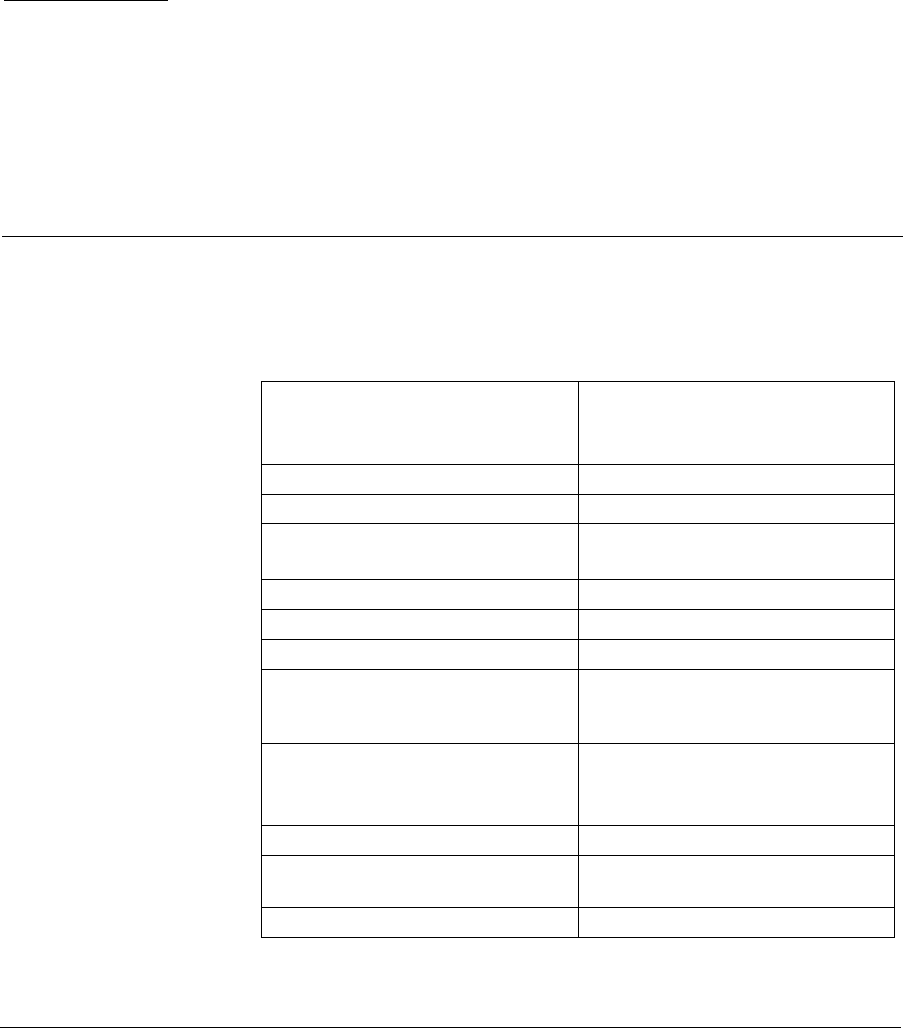
133
CHAPTER 11 Medtronic MiniMed 2007C
Implantable Insulin Pump
System
Implantable Insulin Pump MMT-2007C
Diameter
Thickness
Reservoir Volume
8.1 cm (3.2 inches)
2.0 cm (0.8 inches)
13 ml to 15 ml
Weight - Empty 131 gm (4.6 ounces)
Insulin - Concentration Aventis HOE 21 PH U-400
Stroke Volume 0.42 to 0.58 ml per stroke
0.17 to 0.23 units per stroke
Basal Rate 0.2 to 35.0 units per hour (U/h)
Basal Patterns 3 patterns of up to 48 basal rates each.
Meal Bolus 0.2 to 25.0 units
Bolus Duration Immediate, Square Wave (30 minutes
to 4 hours), or both together. Audio
Bolus
Temporary Basal Rate 0.2 to 35.0 units per hour
30 minute increment duration
30 minutes up to 24 hours delay
Diagnostic Rate 10 to 150 U/h
Power Supply Lithium - Carbon Monofluoride Bat-
tery
Battery life See Figure 1
Dmp9196021-011_c.book Page 133 Wednesday, April 3, 2002 5:06 PM
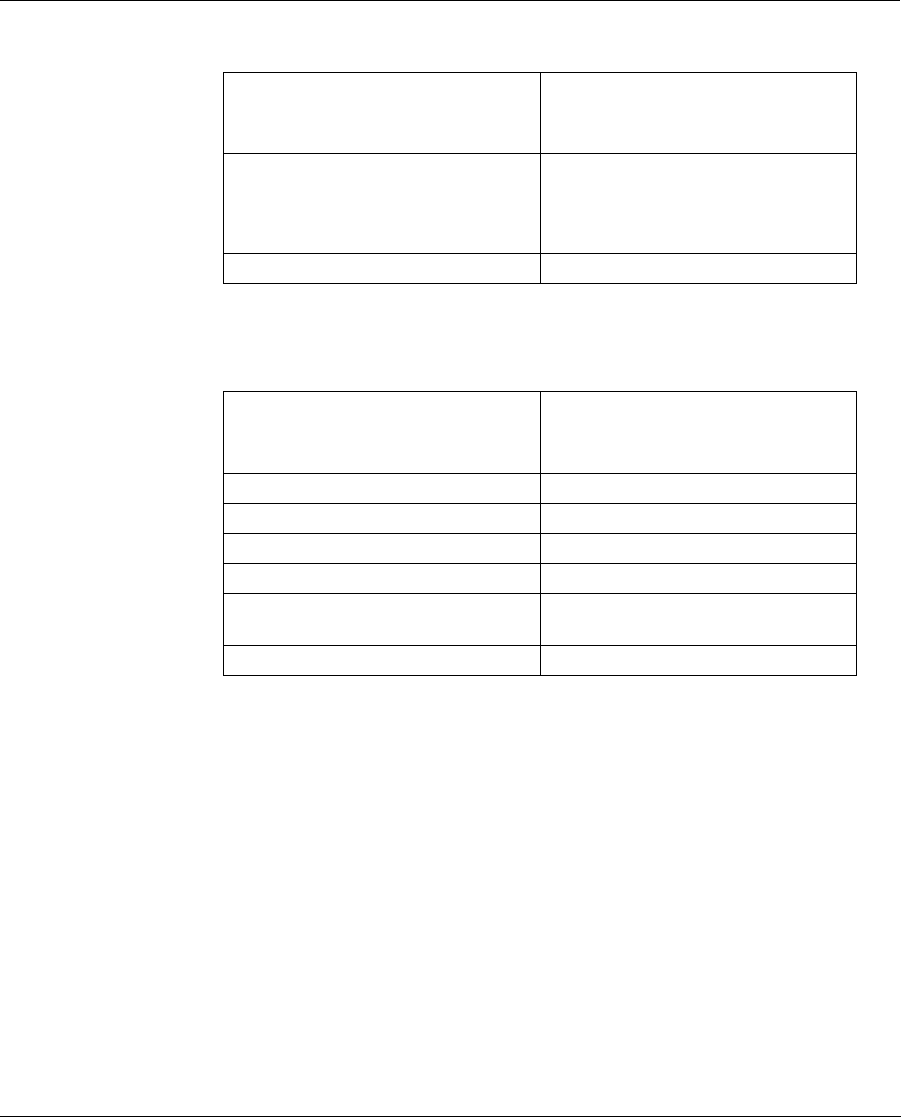
Medtronic MiniMed 2007C Implantable Insulin Pump System
134
Personal pump communicator (PPC) model MMT-3150
Audio Alarms Low Battery
Nearly Depleted Battery
System Error
Safety Features Negative Pressure Reservoir with
Passive Filling
Pump Shutdown and Alarm with Sys-
tem Error (unique code sequences)
Materials in contact with tissue Titanium, Silicone Rubber
Height
Length
Width
8.9 cm (3.5 inches)
7.0 cm (2.8 inches)
2.0 cm (0.8 inches)
Weight 115 gm (4.0 ounces)
Main Power Source 1.5 Volt Alkaline Battery Type AA
Main Battery Life 6-8 weeks
Backup Battery Lithium Battery
Backup Battery Life 3 years minimum with no AA battery
installed
Operating Temperature 0ºC to 40ºC (32ºF to 104ºF)
Dmp9196021-011_c.book Page 134 Wednesday, April 3, 2002 5:06 PM

135
Side Port Catheter
Storage Temperature 0ºC to 30ºC ( 32ºF to 86ºF)
Messages Auto Off in 5 min / Auto Off Pump
Suspended
Check Pump Status
Communication Error
Download Complete
Empty Reservoir
Hourly Maximum Exceeded
Low Reservoir
PPC Not initialized
PPC Needs Servicing
PPC Low Battery
PPC Depleted Battery
Pump Self Test Fail
Pump Reset
Pump Stopped
Pump Version Error
Telemetry Communication Error
MMT- 4027A
Length
Proximal: 11.8 ± 1.3 cm (4.7 ± 0.5
inches)
Distal:17.8 ± 0.7 cm (7.0 ± 0.3 inches)
MMT- 4028A
Length
Proximal:11.8 ± 1.3 cm (4.7 ± 0.5
inches)
Distal:10.2 ± 0.4 cm (4.0 ± 0.2 inches
Material Polyethylene-lined Silicone Rubber
Sideport Polysulfone, Silicone Septum
Dmp9196021-011_c.book Page 135 Wednesday, April 3, 2002 5:06 PM
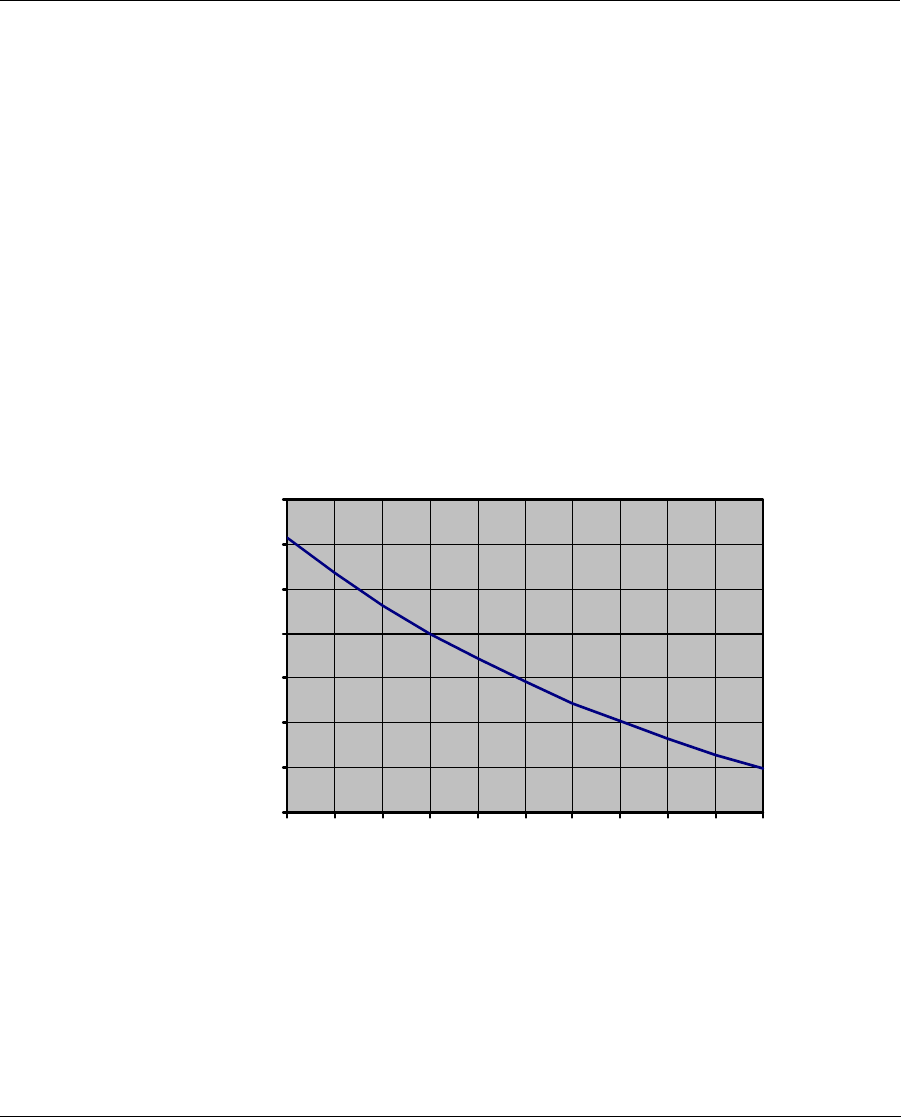
Medtronic MiniMed 2007C Implantable Insulin Pump System
136
This device complies with part 15 of the FCC Rules. Operation is subject
to the following two conditions: (1) This device may not cause harmful
interference, and (2) this device must accept any interference received,
including interference that may cause undesired operation.
Operation of this device is authorized by the FCC under the FCC ID
OH22007C (Implantable Pump) and OH23150 (PPC).
Any changes or modifications to the system not expressly approved by
MiniMed could void the user’s authority to operate the system.
Figure 15: Average Pump Battery Life
Average Pump Service Life vs. Daily Insulin Delivery
(U-400 Insulin Delivered After 6 Month Shelf Life)
7
8
9
10
11
12
13
14
0 102030405060708090100
Daily Insulin Delivery (Units)
Pump Life (Years)
Dmp9196021-011_c.book Page 136 Wednesday, April 3, 2002 5:06 PM
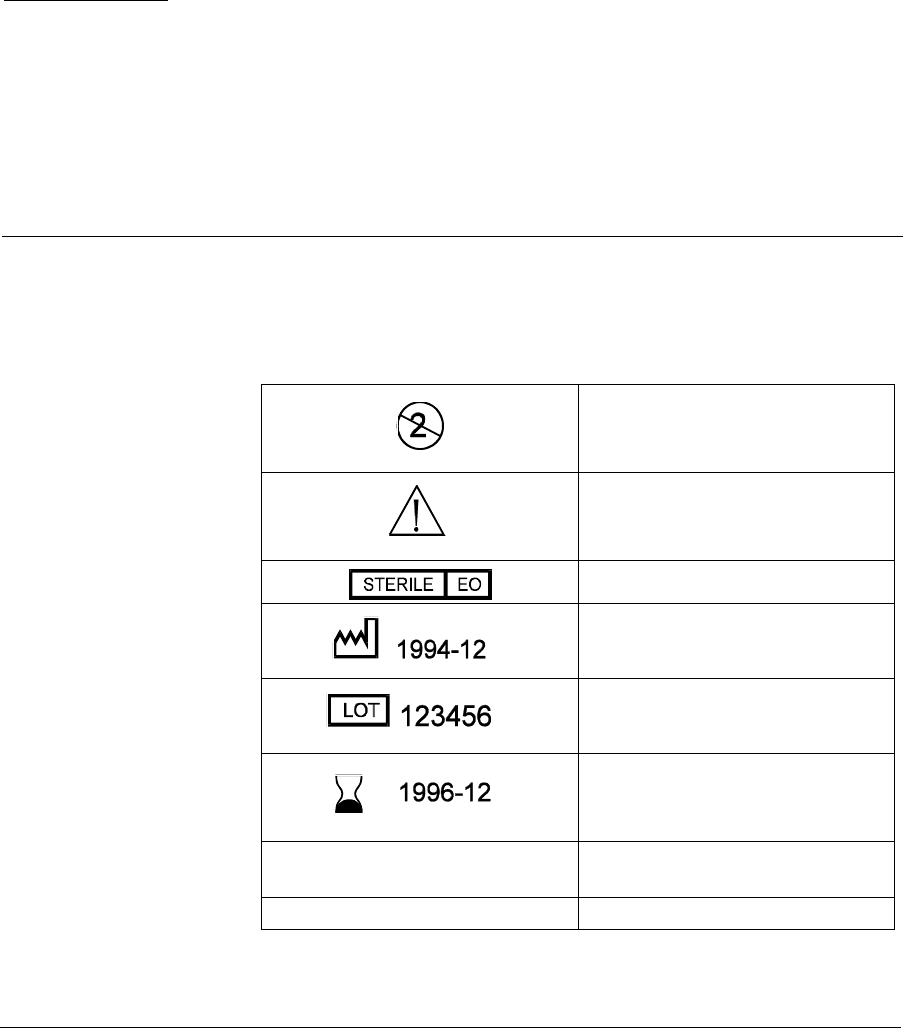
137
APPENDIX A Label Information
Symbol dictionary
Do Not Reuse This Device
Please Read “Important Information”
Sterilized by Ethylene Oxide
Manufacture Date (Year-Month)
Lot Number
Expiration Date (Use By Date) (Year-
Month)
REF MMT-XXXX Reference / Record Number (reorder
number)
SN Device Serial Number
Dmp9196021-011_c.book Page 137 Wednesday, April 3, 2002 5:06 PM
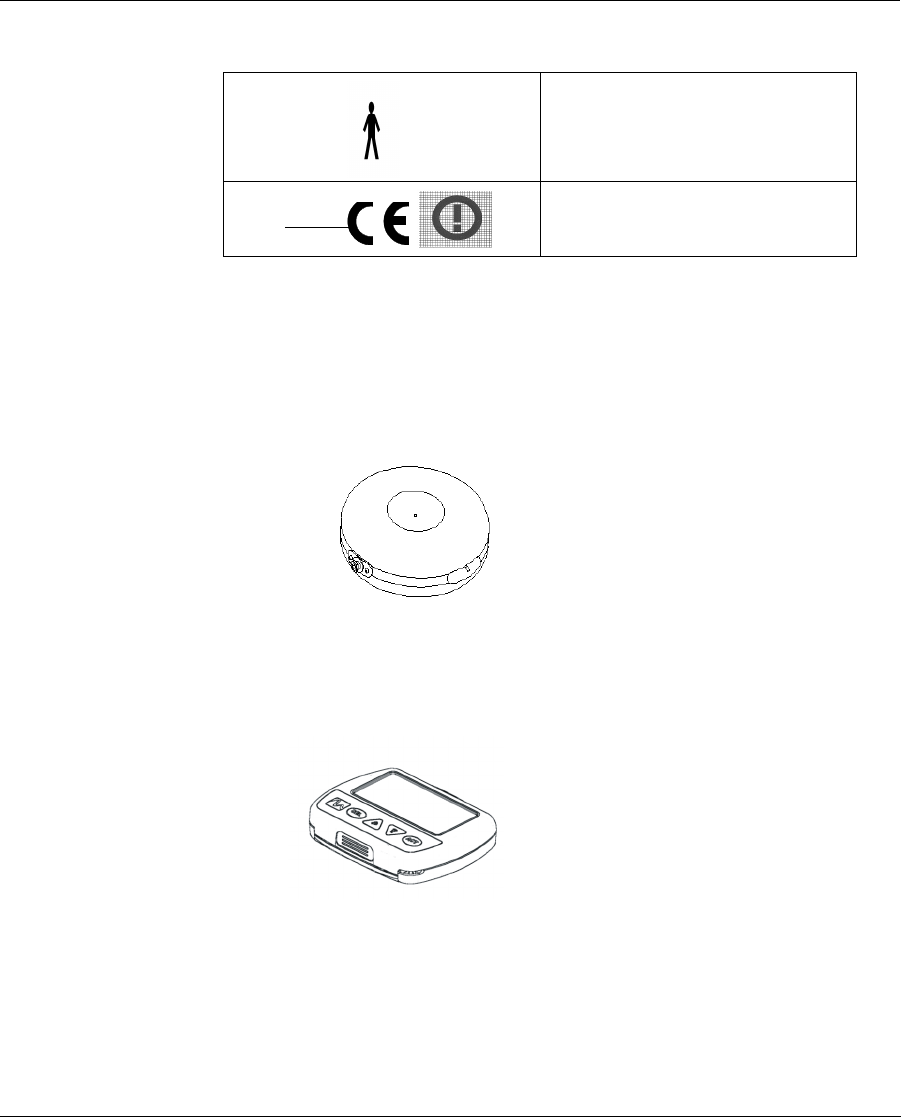
138
Packaging
The icon on each label indicates the contents of the package.
The number with the icon is the quantity.
MiniMed 2007C Implantable Insulin Pump
MiniMed 3150 Personal Pump Communicator
IEC Icon indicating equipment provid-
ing a particular degree of protection
against electric shock (Type B)
CE Marking/Notified Body Authoriza-
tion
0459
0168
Dmp9196021-011_c.book Page 138 Wednesday, April 3, 2002 5:06 PM
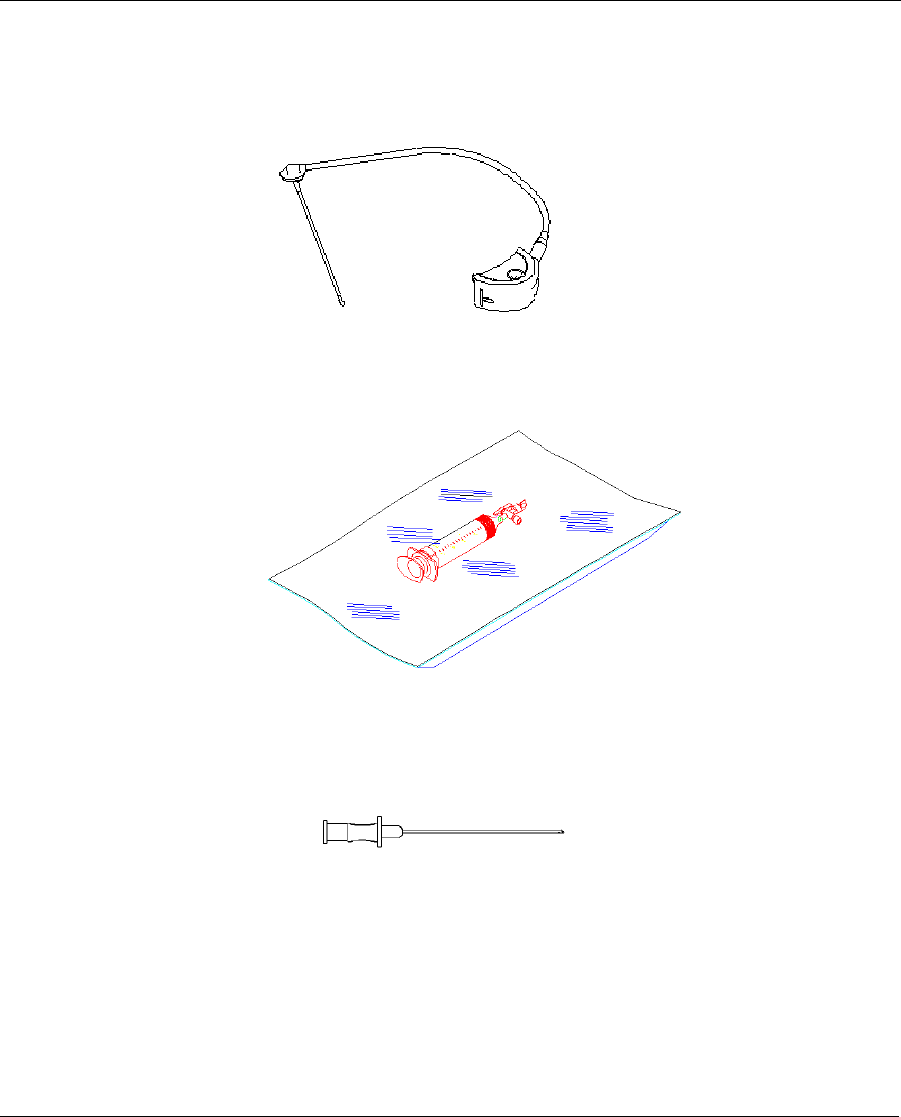
139
MiniMed 4024A and 4027A Side Port Catheter
MiniMed 4105 Refill Kit
MiniMed 4102 Refill Needles
Dmp9196021-011_c.book Page 139 Wednesday, April 3, 2002 5:06 PM

140
Other Information
Manufactured by:Medtronic MiniMed
Distributed in the United States by:Medtronic MiniMed Inc.
Distributed in Europe by:Medtronic MiniMed S.A. - Paris, France
CE Marking:
Notified Body:GMED - France
Notified Body Authorizations:0459, 0168
Year of Initial CE Authorization:2000
Dmp9196021-011_c.book Page 140 Wednesday, April 3, 2002 5:06 PM

141
APPENDIX B Implant Worksheet
Implant worksheet form
Please refer to “Implant Worksheet” attached.
Dmp9196021-011_c.book Page 141 Wednesday, April 3, 2002 5:06 PM
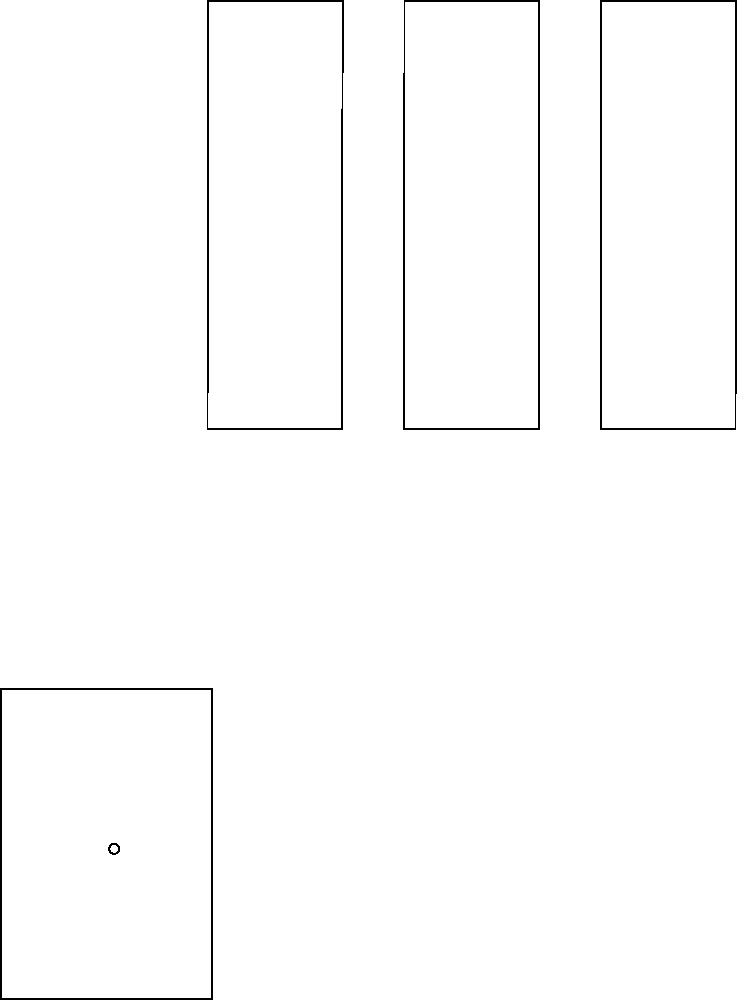
142
Date:__________ Center:_________ Patient Code:____________
Patient name:__________________________________________
Pump Label:
Catheter Label:
PPC Label:
Insulin Lot Number:_________
Communicator-settings:
Patient Communicator ID:________ Supervisor Code:_________
Max meal bolus:________U Max basal rate:____________U/h
Maximums (locked/unlocked):______ Alarm feedback "ON":__
Basal rate programmed with PPC:________U/h
Weight of full "IN 2" syringe before filling the
reservoir:_____________________g (1)
Weight of full "IN 2" syringe after filling the reservoir and remov-
ing 2ml from the pump:__________________ g (2)
Total amount placed in the reservoir (1-2):_________________ g
Verification of alarm feedback: yes / no
Time delivery started, priming bolus:_____________
Calculated stroke volume:
a) number of strokes delivered:________________
b) total volume delivered:_________________
c) calculated stroke volume (b/a):__________
Ve r i f ic a t i o n of the delivery from the catheter tip: yes / no
Date:_____________ Surgeon name:_____________________
Anesthesia:____________________ Pocket depth:_________cm
Catheter fixation:________________ Pump fixation:__________
Catheter type:_______________ Pump type:_______________
Pump orientation:
Complications:
MiniMed Implant Worksheet
Dmp9196021-011_c.book Page 142 Wednesday, April 3, 2002 5:06 PM

143
APPENDIX C Refill Form
Pump refill data
Please refer to “Refill Data Form” attached.
Dmp9196021-011_c.book Page 143 Wednesday, April 3, 2002 5:06 PM

144
Before the refill: _________________U/384.6=_________ g (F)*
Insulin remaining from PPC:__________________________ (F)
Data:
Weight of primed "RB" syringe:_____________ g (A)
Weight of "RB" syringe after
insulin withdrawn:______________________ g (B)
Weight of filled "IN" syringe:_____________ g (C)
Weight of "IN" after pump filled and 2ml
withdrawn:______________________________ g (D)
Amount withdrawn Refill Amount
(B)_______________ g (C)_________________ g
- (A)______________ g - (D)________________ g
=________________ g (E) = _________________ g
*Corrected for density of insulin
Date:__________________
Patient name:_______________________ Patient code:________
Center:_____________________ Physician name:____________
Insulin "IN" _______
Rinse Buffer "RB" ________
Previous refill amount:_____________________________ g (1)
Residual amount withdrawn (E):_____________________ g (2)
Actual amount used (line 1 - line 2):___________________ g (3)
Theoretical amount used:__________________________ g (4)
(line 1 - remaining dose from PPC (F)
Difference between actual and theoretical
amount used (line 4 - line 3):_________________________ g (5)
Percentage difference:
Refill accuracy (line 5 / line 4, then x 100):________ %
Usable units of insulin (Gx384.6): ______________________ U
Average daily insulin use:____________________________ U/d
Estimated refill period:___________________ Days
Schedule next refill visit:_______________
D / M / Y
MiniMed Refill Worksheet
Dmp9196021-011_c.book Page 144 Wednesday, April 3, 2002 5:06 PM